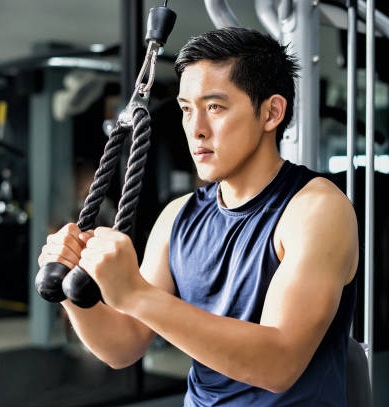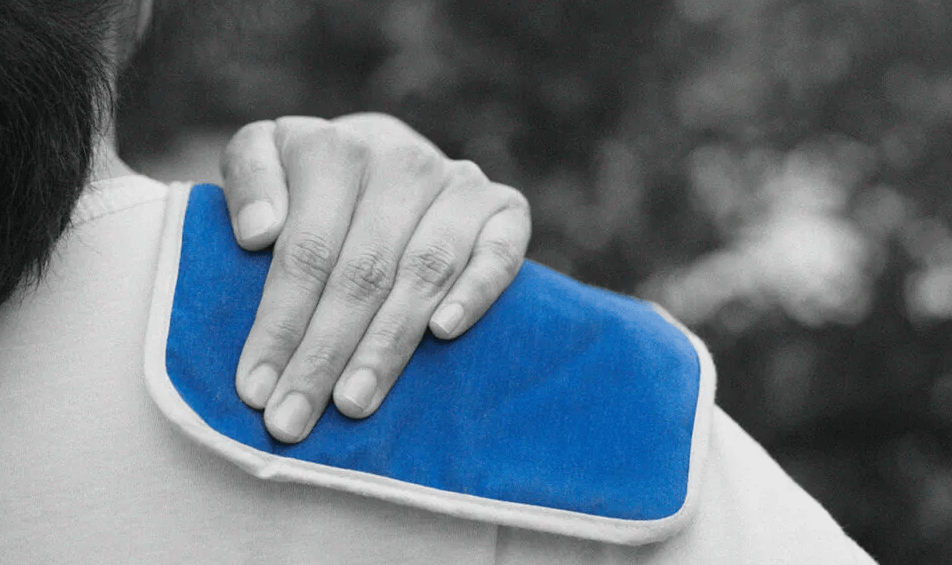Athletes push their bodies to the limit, and with intense training and competition comes the risk of pain and injury. Whether you’re a professional competitor or a fitness enthusiast, proper pain management is crucial for maintaining peak performance and longevity in your sport. Understanding effective Pain Treatment for Athletes is essential for both recovery and injury prevention. This guide will explore proven strategies that help athletes recover efficiently while preventing future discomfort.
Understanding Pain in Athletes
Pain in athletes can stem from various sources, including overuse injuries, acute trauma, or underlying musculoskeletal conditions. The key to effective management is identifying the root cause and applying appropriate treatments. Common issues include:
- Muscle strains and sprains – Overstretching or tearing of muscles and ligaments.
- Tendonitis – Inflammation of tendons due to repetitive movements.
- Joint pain – Often caused by impact or degenerative conditions.
- Stress fractures – Small cracks in bones due to overuse.
Recognizing these issues early can prevent long-term damage and enhance overall performance.
Recovery Strategies for Athletes
Proper recovery is vital for athletic performance and injury prevention. Below are essential recovery strategies:
1. Rest and Active Recovery
Rest is fundamental in healing, but too much inactivity can also slow recovery. Active recovery, such as light stretching, swimming, or yoga, can maintain mobility while allowing the body to heal.
2. Physical Therapy and Rehabilitation
Physical therapy plays a significant role in pain management. Therapists use targeted exercises and techniques to restore movement and strengthen injured areas. This ensures that athletes regain function while preventing re-injury.
3. Cold and Heat Therapy
- Cold therapy (ice packs, cryotherapy) reduces inflammation and numbs pain.
- Heat therapy (warm baths, heating pads) increases blood flow and relaxes muscles.
Alternating between cold and heat can accelerate healing.
4. Massage and Soft Tissue Therapy
Sports massage helps release muscle tension, improve circulation, and enhance flexibility. Techniques such as deep tissue massage and myofascial release can reduce pain and speed up recovery.
5. Hydration and Nutrition
Proper hydration and a nutrient-rich diet support muscle repair and recovery. Foods high in protein, antioxidants, and omega-3 fatty acids reduce inflammation and promote healing.
6. Supplements for Recovery
Certain supplements, like collagen, magnesium, and turmeric, support joint health and reduce inflammation. Consulting a sports nutritionist can help determine the best supplements for your needs.
Prevention Strategies to Reduce Pain and Injuries
Preventing injuries is just as crucial as treating them. Implementing the following strategies can help athletes minimize pain and stay in top condition.
1. Proper Warm-up and Cool-down Routines
A dynamic warm-up prepares the muscles and joints for activity, reducing the risk of strains and tears. Cooling down with static stretching and mobility work prevents stiffness and enhances flexibility.
2. Strength Training and Conditioning
Building muscle strength provides better support for joints and reduces the risk of injuries. Functional training focusing on stability and balance is particularly beneficial for athletes.
3. Correct Form and Technique
Improper movement patterns can lead to overuse injuries. Working with a coach or trainer to refine technique ensures that athletes perform optimally while minimizing strain on their bodies.
4. Proper Footwear and Equipment
Wearing the right shoes and protective gear can prevent unnecessary stress on joints and muscles. Regularly replacing worn-out equipment also reduces injury risks.
5. Regular Check-Ups and Monitoring
Routine visits to a sports medicine specialist or physiotherapist help detect early signs of potential issues. Preventive assessments can address minor concerns before they become serious problems.
6. Listening to Your Body
Ignoring pain can lead to chronic issues. Athletes should recognize early signs of discomfort and adjust training intensity accordingly. Rest days are as essential as workout days.

Professional Pain Treatment Options for Athletes
Sometimes, professional intervention is necessary for effective pain relief. Advanced treatment options include:
Chiropractic Care
Chiropractic adjustments can help align the spine, reduce joint pain, and improve overall mobility. Many athletes use this therapy to prevent injuries and enhance performance.
Acupuncture and Dry Needling
These techniques relieve muscle tightness and pain by targeting trigger points and enhancing circulation. They are beneficial for chronic pain conditions and muscle recovery.
Regenerative Medicine (PRP and Stem Cell Therapy)
Platelet-Rich Plasma (PRP) therapy and stem cell treatments promote tissue healing and regeneration. These are particularly effective for tendon and ligament injuries.
Cortisone Injections
For severe inflammation, cortisone shots can provide temporary relief. However, they should be used sparingly under medical supervision.
Advanced Pain Management Programs
At Hummingbirds For Homme, we offer customized Pain Treatment for Athletes tailored to individual needs. Our holistic approach combines physical therapy, chiropractic care, and regenerative treatments to accelerate recovery and improve performance.
Take Charge of Your Recovery Today
Pain doesn’t have to sideline you. Whether you need relief from an existing injury or want to prevent future issues, Hummingbirds For Homme provides expert care designed for athletes of all levels. Contact us today to learn more about our Pain Treatment for Athletes services and get back to performing at your best.

